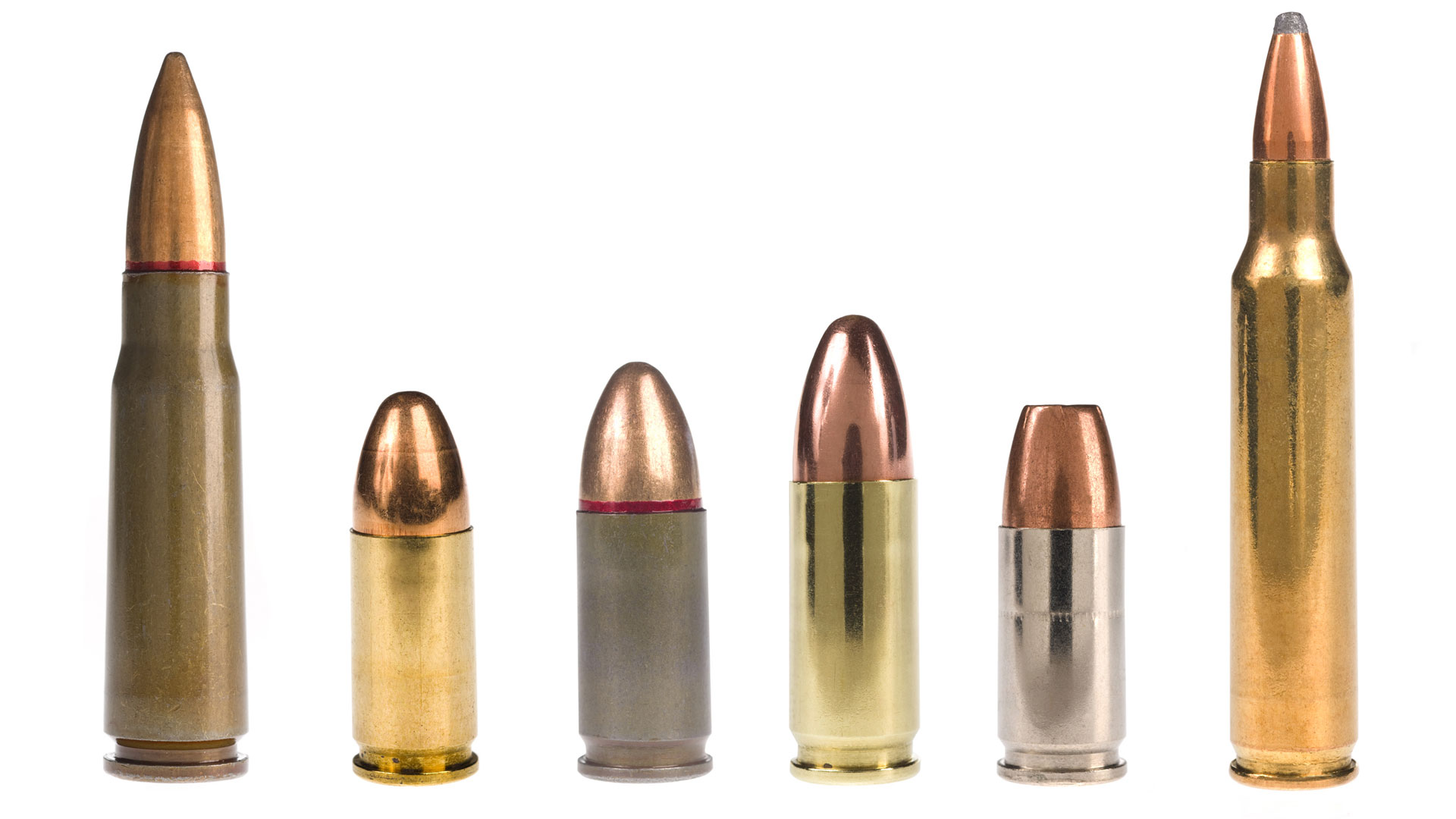The Definitive Guide to Ammunition Pro Llc
The Basic Principles Of Ammunition Pro Llc
Table of ContentsThe Best Guide To Ammunition Pro LlcSome Known Incorrect Statements About Ammunition Pro Llc The Definitive Guide to Ammunition Pro LlcFascination About Ammunition Pro LlcAmmunition Pro Llc Can Be Fun For Anyone
The basic components of ammunition coincide for rifle, handgun, and shotgun ammunition. Knowing how ammo functions is an essential facet in being a responsible gun owner. Today we're looking at the what the fundamental components of ammo are and how they work together to terminate a round. The fundamental parts of ammo revealed on a 9mm. Ammo Retailer round.The bullet is seated in the open end of the instance. When you discharge a bullet out of a semi-auto weapon, the weapon's extractor lifts the instance from the firing chamber and it flies out of the weapon.
A gun's firing pin strikes a cartridge's primer. The guide is a metal mug that holds an explosive chemical substance. When the shooting pin strikes the guide cap, it squashes the priming compound versus the anvil. This creates a little explosion in case that stirs up the propellant. The primer lies in the edge of the case of a rimfire cartridge.
Ammunition Pro Llc Fundamentals Explained
The two common kinds of guides in centerfire cartridges are Berdan and Boxer guides. Gunpowder following to the case that normally includes it. Powder, also referred to as propellant or gunpowder, is a fast-burning chemical blend. The guide explosion ignites it. It is typically a mix of saltpeter, charcoal, and sulfur.

We call the projectiles for shotshells, which we discharge through shotguns, slugs and shot. Now that you have a standard understanding of the basic parts of ammo, you can really feel a little more certain in exactly how your weapon and ammunition function!.
The 10-Minute Rule for Ammunition Pro Llc
Stay on top of Special Offers, Advancement Notice of Sales, and Shop Events
Enjoyable fact: Grains are made use of to define the mass of a bullet since completely back in the early days of firearms, it was an apothecary's system of measurement, and a common action was required to determine just how much cause use to make cast lead bullets (Buy Ammo Online). 'Grains' as an unit of measure for weight goes all the way back to ancient times, and represents the weight of a grain of wheat

(https://www.twidloo.com/united-states/dover/professional-services/ammunition-pro-llc)For referral, the weight of a paper clip is around 16 gr. So, we recognize that grains are a step of mass, and extra = larger, and heavy is excellent, appropriate? Yes, heavy is good, yet mass of the projectile isn't the only thing you require to think about when picking a round for your gun.
The smart Trick of Ammunition Pro Llc That Nobody is Discussing
Enjoyable truth, this is the beginning of the term "Rifle" ex lover. The result this spin has on projectiles is a stabilizing one the bullet turning keeps the nose aimed straight, in the very same means that a perfectly spiraled football toss is going to be a lot a lot more stable and accurate in trip than an ugly duck, end over end throw.
How does this relate to grain weight? Imagine you're on one of those playground slide carousels, the ones with bars you hold on to while it rotates.
The same result occurs with bullets. The larger the projectile, the more impact a faster rotate will have on it.
The 45-Second Trick For Ammunition Pro Llc
Yet there's an additional factor that we need to take into consideration when selecting a grain weight for our ammo. As hinted at above, bullet speed, or the rate of the projectile, is a major variable when determining the finest grain weight projectile to make use of. Speed is influenced by a couple of major elements, including the kind and amount of propellant (gunpowder), barrel length, and bullet weight.

One of the most usual grain weight rounds for 9x19mm cartridges are 115gr and 124gr. These are normally lead core, fully jacketed (FMJ) rounds. Both of these grain weight cartridges will certainly do well in factory 9mm hand guns, to normal handgun ranges (approximately 50 yards). 115 grain rounds are one of the most common (and consequently least costly).